
7 Best Swim Snorkels for Better Technique and Faster Swimming
Ready to throw down on a new swimmer’s snorkel? Here are reviews of the best swim snorkels for lap swimming.
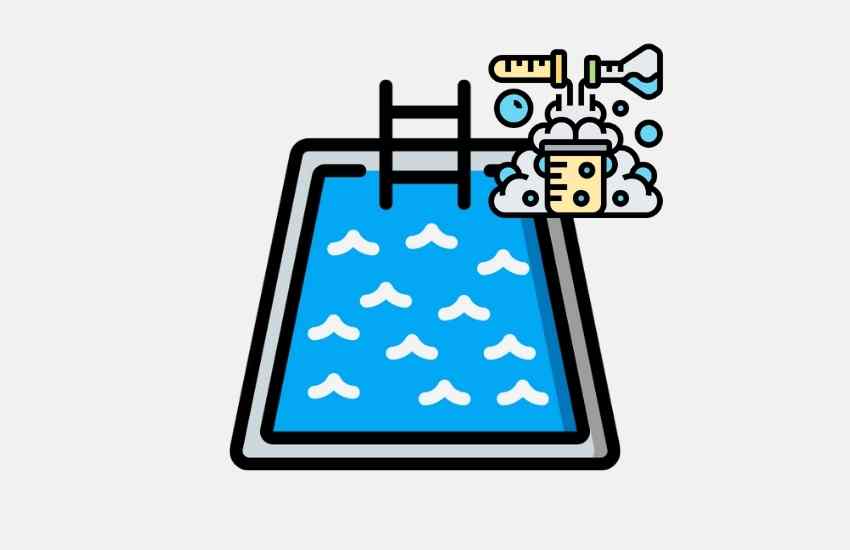
Feeling overwhelmed by everything necessary to keep your pool clean? No sweat, this guide to pool chemistry will help you understand the key chemicals you need for a clean, safe, and fun pool.
Becoming a pool owner isn’t just cannonballs and cold bevies poolside.
The balancing, shocking, and testing can feel overwhelming as you try to make sure the pool chemistry is just right.
Did I put enough chlorine in the water?
Will it stay properly balanced?
Is it safe to even swim in the water?!
Take a deep breath, and relax, because we’re here to help!
If you want crystal-clear water all year-round, we have just the guide for you.
In this article, we will look at the importance of proper pool chemistry and give you a primer on the essential pool chemicals you need to know about when becoming a pool owner.
Let’s dive right in!
Pool chemistry is quite possibly the most important aspect in all of pool ownership.
Whether you’ve inherited an inground pool or you installed an above ground pool in the yard, proper pool chemistry is essential.
Without it, you’re looking at unsightly pool water, damaged pool and equipment, and health risks are all possibilities if you don’t lock down that chemical balance.
While it may seem like a challenging balancing act at first, it will soon become second-nature to you.
Before we jump into the essentials of pool chemistry, let’s take a look at some of the un-fun stuff that can happen when the pool’s chemistry is off:
Cloudy Water: No one wants to swim in murky water. It looks uninviting, and it becomes that way because it’s not well-maintained. Clearing cloudy pool water requires a basic understanding of how your pool chemicals react with each other.
Skin and Eye Irritation: Most of us get a bit of eye irritation when opening our eyes in a properly-chlorinated pool. However, in chemically-imbalanced pools, you can suffer serious eye and skin irritation (we can thank “chloramines” for this).
Unsafe Water: Aside from skin and eye irritation, if pool chemicals are imbalanced, it can create a dangerous swimming situation. If the chemicals are off, it may not kill bacteria, algae, and other microorganisms that can lead to serious irritations and infections.
Damaged Pool and Equipment: If pool pH is too high, this can also create cloudiness and scale deposits on pool walls and equipment as the chlorine is no longer effectively sanitizing your pool. On the opposite end of the spectrum, if pH is too low, pool surfaces can become etched, worn-down, and corroded.
At the end of the day, proper pool chemistry is your ticket to a swimming pool that is clean, safe, and usuable.
Next, we’ll discuss the pool chemicals you will be spending most of your time with when cleaning and caring for your pool.
Alrighty, let’s not get too intimidated by the sciencey stuff in this list.
Once you get a proper lay of the land, and understand the function of each pool chemical, you will be able to troubleshoot the inevitable pool hiccup quickly and accurately.
Here are the basic pool chemicals that you will call upon as a pool owner:
When thinking about pool chemicals, this is probably the first that comes to mind.
We all know the smell (and taste!) of chlorinated pool water.
Chlorine is a form of sanitizer, which, as you can probably guess, is kind of important!
Chlorine (and other sanitizers like bromide) sanitize the water, helping to nuke the bacteria from dead skin, hair, organic matter, soap, oils, and so on, that pool guests leave behind.
Sanitizers are essentially what keeps your pool from turning a pool into a swamp.
The amount of sanitizer you use in the course of keeping your pool chemistry in tip-top shape will vary according to pool size, pool use, and the environment, including:
Around 3ppm of free chlorine is ideal for chlorine levels in a pool.
(Here’s more on the differences between free chlorine vs total and combined chlorines.)
Chlorine is applied in a few different ways, but the most popular is your simple chlorine tablet which can be dropped into a floating chlorine dispenser.
In your research and browsing the different types of chlorines, you may have likely noticed that there are two commonly-used types of chlorine: stabilized and unstabilized.
Stabilized chlorine is perfect for outdoor pools, as it won’t burn off under the sun’s harsh rays. This is due to one of its active ingredients, cyanuric acid (which we’ll talk about in a moment).
Unstabilized chlorine has its place, too.
While it’s much more delicate under sunlight, unstabilized chlorine is significantly cheaper and is best suited for indoor pools.
And you still could use it as a pool shock for your outdoor pool as long as you are applying it overnight.
There are other sanitizer options aside from chlorine, too: bromine, biguanide, and minerals.
Bromine – While very similar to chlorine, it doesn’t have as strong of a smell and is much kinder on the eyes, hair, and skin. (Tastes far worse, however, IMO.)
What makes it less appealing to many, however, is that it’s more expensive and quickly breaks down in sunlight.
If you have a small and indoor pool, then it may be a solid option for you.
Biguanide – This medical substance was originally developed to be used in surgical applications, yet is also great for keeping pools clean.
While it is also more expensive than chlorine, it doesn’t produce chloramines, is gentler on skin, hair, and eyes, and doesn’t break down in the sun.
Oh, and if you have light-colored hair, you’ll appreciate that it won’t turn your hair green.
The downside, is that it aside from being pricier, it isn’t quite as effective at sanitizing and can cloud up water.
Minerals – Mineral sanitization systems for pools are also not as common, but can be used to help chlorine and salt generators.
Many help regulate pH levels, and are low maintenance.
You may have heard the term “shock the pool” before.
And no, we aren’t talking about shot-putting a plugged-in toaster into the water.
Shocking is adding an increased amount of pool chemicals for an intense cleaning.
While shocks may include chlorine, there are also some blends with algaecides.
Shocking also happens when you open your pool, after heavy use, and even as part of your regular pool cleaning schedule (once every two weeks, for example) to keep things nice and sparkling in the pool.
There are 5 different types of balancers, though all are comprised of natural salts and minerals.
The following are used to either bring the pH or alkalinity up or down:
If this is your first time filling your pool, you likely won’t need any balancers for a while.
Balancers aren’t among the most commonly-used pool chemicals, but it’s good to know about their existence just in case.
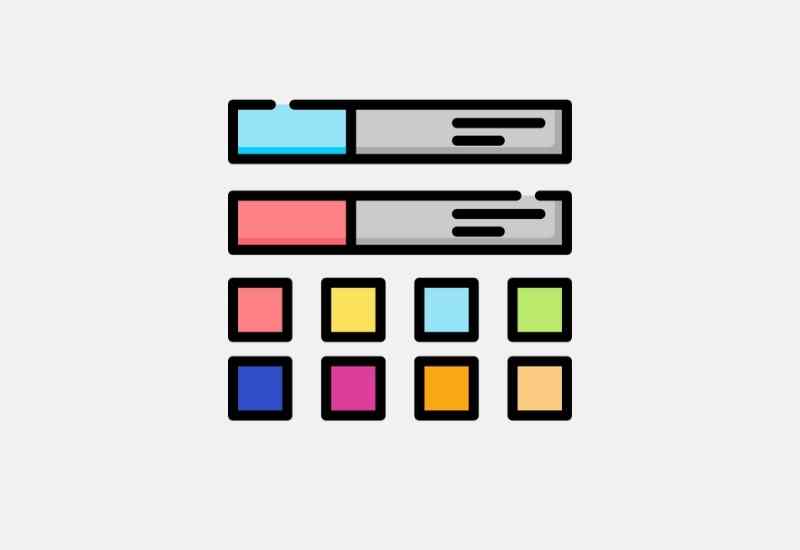
Pool algaecides are the Big Guns, called in to work with chlorine when algae have begun to take root in your swimming pool.
Algae, in all its colors, from green to tough-to-rid black, can be very challenging to unroot from your swim pool. Algae can happen quickly (maybe why they are called “blooms”) and are often a result of extended neglect of your pool water.
If you happened to leave your pool full of water for long periods of time without use or cleaning, algaecides are almost definitely going to be part of your cleaning arsenal.
This one is actually a supportive pool chemical, though it’s still used quite often.
Operating as a protective factor for chlorine, it reduces the chance of chlorine breaking down and becoming less effective.
Ideal levels for cyanuric acid are between 30 and 50 ppm, which is something you can quickly test with your pool test strip or digital pool test kit of choice.
First off, you should know that even though you want to aim for these specific ppm targets, your pool may not hit them the exact moment it’s filled.
That means that you need to make sure to read and accurately annotate your readings, so you can adjust accordingly.
Each chemical you add must be helping reach those targets.
If your levels are under 80ppm alkalinity, add an alkalinity increaser.
If above 120 ppm, add a pH decreaser. Do this before adjusting pH, as it can also affect overall pool water pH.
After ensuring the alkalinity and pH is within ideal range, check for calcium hardness, adding an increaser or muriatic acid depending on if it’s too low or high.
After that, add a bit of cyanuric acid at start-up.
Chlorine is absolutely necessary, and it’s usually recommended to start off with a high quantity (shock treatment) to get water clean without negatively affecting other chemical levels.
When it comes to the order of what you should fix first with your pool chemistry, you should always balance Total Alkalinity (TA) first. This refers to the quantity of alkaline material in your pool, and directly affects pH balance.
The ideal range for TA is 80 to 120 ppm.
Should you need to boost Total Alkalinity, add baking soda. If you need to decrease it, add muriatic or dry acid.
Second, test and adjust pH.
After that, measure and adjust calcium hardness. If you see a white line forming around the water line, this is a sign of calcium build-up.
Ideal calcium hardness level is between 200 and 400 ppm.
Next, add your sanitizer of choice to the water. Check and adjust cyanuric acid. Around 30 to 50 ppm is ideal.
Measure water’s total dissolved solids. Up to around 1,000 TDS is an acceptable amount.
Pool chemistry can feel intimidating for first pool owners.
But once you get a lay of the land, and have systems and checklists in place to keep the water clean and balanced, it gets much easier.
You could use all sorts of pool vacuums, skimmers, and filters to get rid of dirt and debris, but without proper chemicals, you’re still going to have a dirty pool.
While it may seem like a hassle at first, it’s an essential learning curve that will ensure the safety of you and our guests while giving you the peace of mind to simply enjoy your pool without worry.
How to Winterize an Above-Ground Pool. Looking for some simple tips for winterizing your above-ground pool? Here’s an overview of when and how to prepare your pool for winter.
How to Open Your Above-Ground Pool Like a Boss. Ready to open your above-ground pool for a season of sun and fun? Here is a simple 9-step process for opening your pool like a champ.
Subscribe to the YourSwimLog.com newsletter and get tips and advice on how to swim faster every weekday morning, straight to your inbox.
Join 33,000+ swimmers, coaches, and swim parents learning what it takes to swim like a boss.
Unsubscribe anytime. Email will never be shared or sold.

Olivier Poirier-Leroy Olivier Poirier-Leroy is the founder of YourSwimLog.com. He is an author, former national level swimmer, two-time Olympic Trials qualifier, and swim coach.

Ready to throw down on a new swimmer’s snorkel? Here are reviews of the best swim snorkels for lap swimming.
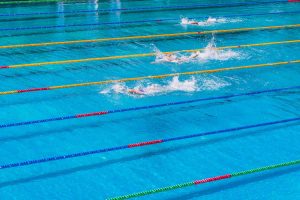
Looking to get some new swim gear on a budget? Shop the best Black Friday deals for swimmers in this exclusive guide.

Looking for the best swimming app to maximize your time and effort in the water? Here’s a look at the top swim apps for conquering your swim workouts.
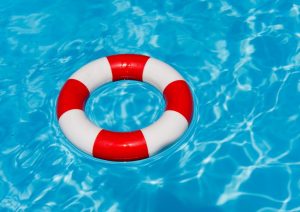
Wondering how often you should be testing the water in your pool or spa? Here’s a detailed look at how frequently you should test your pool. Your swimming pool and spa relies on being properly balanced to keep the water clean and safe for swimming. As a pool owner, you
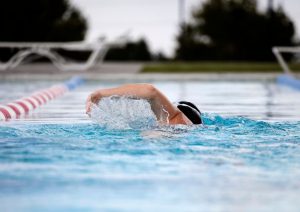
Fed up with the effects and smell of chlorine in your hair after swimming? Here is how to remove chlorine from your hair once and for all.
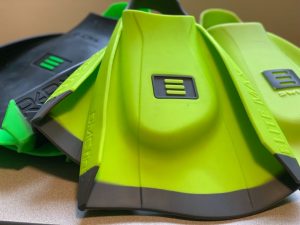
The DMC Elite fins are high-performance training fins for competitive swimmers. Here’s a review of why these fins are flat-out awesome.

LANE 6 PUBLISHING © 2012-2024 · PRIVACY POLICY · RETURN POLICY · TERMS OF SERVICE · AFFILIATE DISCLOSURE